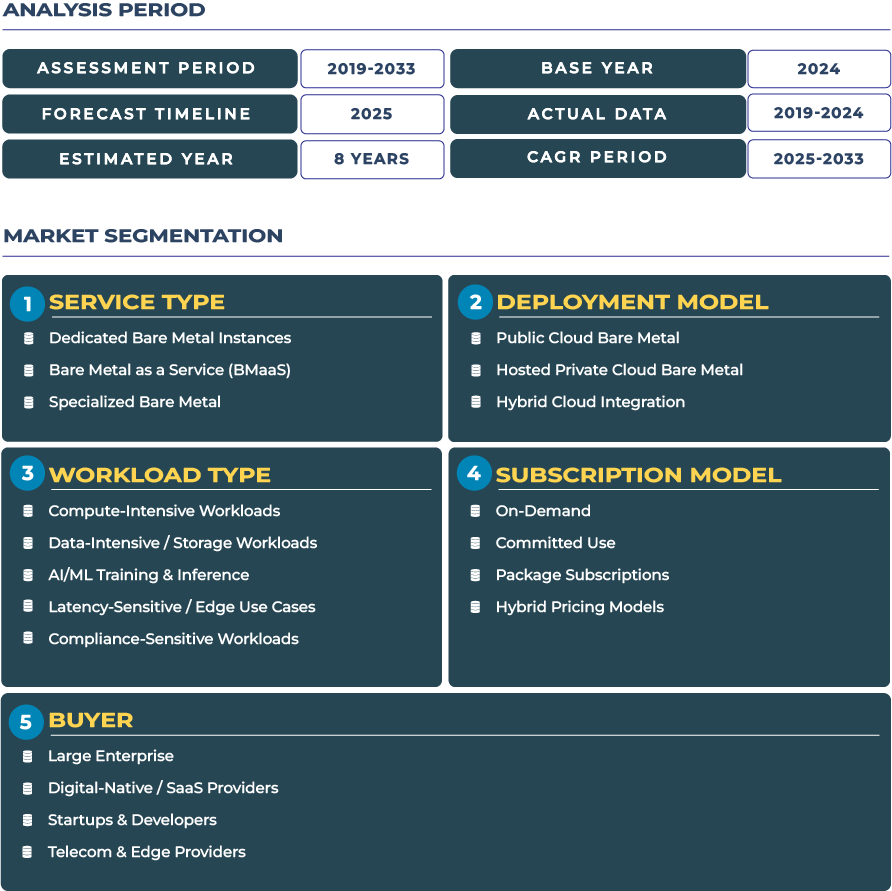New Zealand Cloud Bare Metal Market Outlook: Sovereign and Edge-Optimized Deployments Defining the Nation Cloud Infrastructure Evolution
New Zealand unique geography, regulatory expectations, and digital sovereignty priorities position it as a natural laboratory for sovereign and edge-optimized bare metal infrastructure. Because much compute currently flows through offshore centers, Kiwi enterprises and government bodies are increasingly drawn to infrastructure that ensures data remains under New Zealand jurisdiction while enabling low-latency compute at the edge. The New Zealand cloud bare metal ecosystem is gradually shifting from generic VM-centric models to architectures where compute nodes are placed closer to users (Auckland, Wellington, Christchurch, regional centers), and where isolation, deterministic performance, and compliance converge. This movement is especially relevant for sectors like AgTech, IoT analytics, media streaming, and public sector systems, where data proximity, control, and performance matter as much as raw compute scale.
The New Zealand cloud bare metal market is projected to expand from USD 69.5 million in 2025 to USD 155.5 million in 2033, reflecting a compound annual growth rate (CAGR) of approximately 10.6 %. This upward trajectory reflects growing awareness of enterprise-level bare metal benefits, increasing onshore investment in infrastructure, and a gradual shift in workload topology-from fully centralized foreign clouds to hybrid and local compute ecosystems. While the scale is modest compared to larger APAC markets, New Zealand growth is noteworthy because it is driven by intrinsic imperatives: local data sovereignty mandates, latency-sensitive domestic use cases, and the desire to reduce dependency on offshore compute paths. Providers that align with these imperatives-especially those offering managed bare metal, edge nodes in regional centers, and flexible billing models-are likely to capture early share. However, growth will be tempered by limited scale, provider risk, and integration complexity.
Drivers & Restraints: Foundations and Frictions in New Zealand Bare Metal Landscape
Driver: Data Sovereignty & Deterministic Benchmarking Demand
One of the clearest drivers in New Zealand bare metal market is the strong demand for data sovereignty—especially among public agencies, regulated industries, and organizations handling sensitive citizen or health data. These stakeholders prefer compute infrastructure where control, compliance, and auditability are guaranteed under New Zealand law. Additionally, enterprises undertaking benchmarking, performance testing, and deterministic workloads (such as simulations, machine learning inference, or financial calculation engines) demand tight control over compute stacks—something easier to deliver via bare metal than through shared virtualization. The ability to host such critical workloads on infrastructure fully under Kiwi jurisdiction is a compelling value proposition in New Zealand cloud bare metal ecosystem.
Restraint: Hybrid Billing Complexity & Small Scale Limiting Investment
However, some inherent constraints hamper acceleration. First, hybrid billing models (blending bare metal, virtual, and burst compute) are complex to design and communicate, especially in a small market. Enterprises may hesitate to adopt bare metal if pricing is opaque or unpredictable for intermittent workloads. Second, New Zealand relatively limited market scale makes it difficult for providers to justify heavy upfront investment in regionally distributed bare metal infrastructure. The lower density of large enterprises, combined with geographic dispersion, means that the economics of deploying many distributed bare metal nodes are challenging. Third, integrating bare metal with existing cloud-native ecosystems, automation stacks, and orchestration tools requires effort — in a market with fewer local integrators, this friction is nontrivial. These restraints make early adoption cautious and incremental.
Trends & Opportunities: Emerging Currents in New Zealand Bare Metal Market
Trend: Cloud-Native Workloads Migrating to Bare Metal for Efficiency & Cost Control
A key trend is the slow but visible migration of cloud-native workloads—especially performance-sensitive microservices and database clusters—from virtual machines to bare metal tiers. Organizations in New Zealand are experimenting with container orchestration on bare metal to reduce overhead, improve I/O determinism, and gain cost clarity. In parallel, observability, AIOps, and telemetry capabilities are being integrated directly into bare metal stacks to bring development and operations parity with virtual cloud environments. As tools mature, this trend helps reduce the barrier to entry for bare metal adoption by making it more familiar to DevOps teams.
Opportunity: Building Sovereign Bare Metal Clouds & Expanding Edge Nodes for IoT Analytics
One of the most promising opportunities lies in building sovereign bare metal clouds—clouds fully controlled by local operators, designed around compliance, data governance, and national trust, similar to how Catalyst Cloud positions itself as NZ’s locally operated cloud. (Catalyst Cloud) As adoption grows, these local operators can layer managed bare metal services or specialized pods. Another opportunity is to expand edge bare metal nodes into regional centers (e.g., Invercargill, Dunedin, Tauranga) for IoT analytics, smart city compute, or media content caching. These localized nodes reduce latency and congestion to national links. Because New Zealand topology and population density trends favor dispersed compute, these edge bare metal deployments are compelling. The constrained scale also encourages hybrid edge-core infrastructure strategies, giving providers room to differentiate by latency, reliability, and local presence.
Competitive Landscape: Sovereign Providers, Hosting Platforms & Local Infrastructure Players
The competitive landscape in New Zealand bare metal market is still nascent but evolving. Catalyst Cloud is one of the few locally operated cloud platforms, and while primarily VM-based, its positioning in data sovereignty and local control suggests a natural evolution toward bare metal offerings. Hosting and web infrastructure firms such as Umbrellar or ICONZ may expand into bare metal or integrate with colocation partners to offer dedicated compute solutions. Meanwhile, network and telecom players like Kordia, with infrastructure and fiber coverage, could act as infrastructure hosts or edge partners. (Kordia) Because the market size is modest, many global providers will likely enter through partnership or colocation agreements rather than full data center builds. The competitive differentiators will include local presence and latency, managed service layers, compliance assurances, flexible billing structures, and edge node density. Providers that can scale across New Zealand geography while preserving performance will gain early traction in its cloud bare metal sector.







